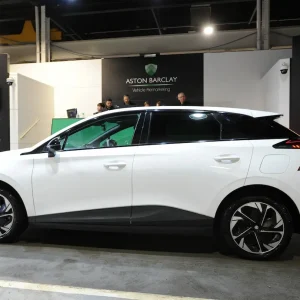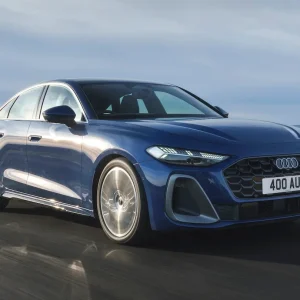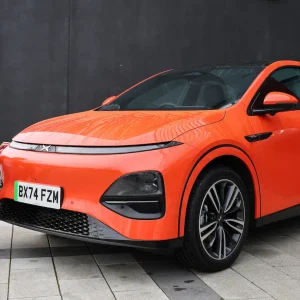Some interesting points were raised during our investigation into charging points (see pages one and 12), and more specifically the cost to recharge an electric vehicle.
I’ve long maintained that public charging points are something of a red herring because to a large extent the only people that will realistically consider an electric vehicle are those that will be charging at home and/or work. Relying on a public charging point to be available and working is a risk when there aren’t many around, and the impact of not being able to charge an EV is so terminal.
So in order to make public charging points as attractive as possible and build them into the everyday approach of EV drivers, surely they need to be as easy and cheap as possible now while they are still being established.
What we don’t need is the situation we’ve actually got, where for plug-in hybrid or range-extenders such as the Volvo V60, Vauxhall Ampera or Mitsubishi Outlander, it’s really quite tricky to be sure you’re better off charging the car, rather than running it on the petrol motor.
That doesn’t help anyone, and undermines the whole costs argument that EVs need to win in order to become established.
Electric vehicle detractors have plenty of ammunition in the form of high prices, rising taxation, doubts over range and battery life as well as residual values and second owners. Let’s not make it even worse by clouding the cost argument with a lack of clarity and transparency on how much one has to pay for recharging.





